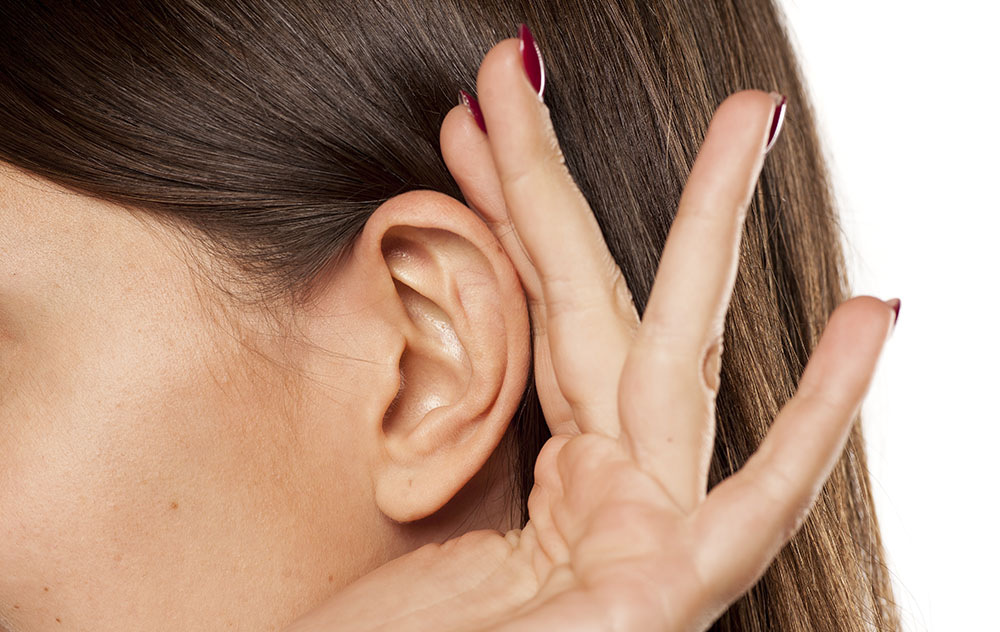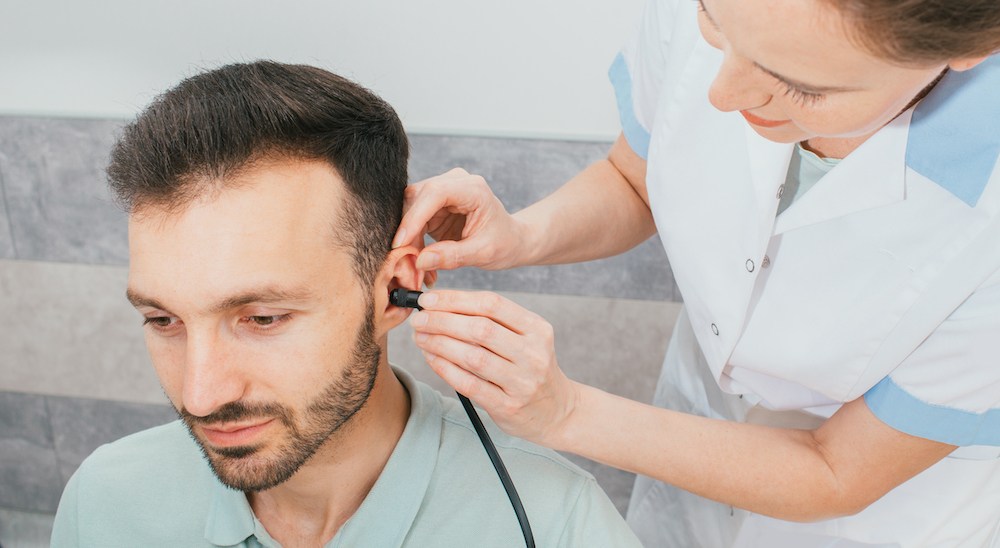The Challenges of Using Hearing Aids in Cold Weather
Winter is on its way, and with it comes a unique set of challenges for

By: admin | November 29, 2021
Hearing loss can cause some confusion for the individual who is losing their hearing and those around them. Naturally, you would have questions on how to communicate with each other effectively. When you experience hearing loss, your capacity to discern sounds at an average degree is affected. This makes it more challenging for your brain to process sounds or speech accurately as it attempts to fill in the blanks with what it deems appropriate. As a result, you would often mishear or not comprehend what was being said. This makes communication difficult and often ineffective. Fortunately, various sophisticated hearing devices can help you. Also, there are some effective communication tips you can keep in mind. Here are a few.
Effective communication is sometimes a challenge for people experiencing hearing loss. Thankfully, there are numerous devices and strategies to improve your communication skills and help you and those around you minimize the chances of misinformation and poor communication. Here are few ways people experiencing hearing loss can communicate effectively:
A hearing aid is a small electronic device that fits in or behind the ear. An audiologist usually prescribes them. This device enhances sounds so you can engage in conversations and other everyday activities with comfort and confidence. There are three main parts of a hearing aid. A microphone picks up the noises, turns them into electric impulses, and transmits them to an amplifier. The amplifier boosts the signal’s power and sends it through a speaker into the ear.
It isn’t easy to pick out the particular sounds you want to hear when they’re all jumbled together in a space. People with hearing loss can use assistive technology to understand better what is being said and communicate. Certain noises are delivered straight to your ears by these devices. This will help you hear better in one-on-one talks, classes, and theaters. Many listening gadgets now use a wireless connection to communicate with your hearing aid or cochlear implant. Kinds of assistive devices include hearing loops, FM systems, infrared systems, and personal amplifiers.
Lip reading is a technique that uses visual signals provided by the shapes made by the lips and tongue and the speaker’s facial expression and body language to assist a deaf or hard of hearing individual in understanding speech. It’s a long and winding road. All of these characteristics, the context or topic of conversation, the lip reader’s knowledge of language and speech patterns, and any residual hearing they may have, will be used to piece together clues for the lip reader. You might also wear a hearing aid to boost the quantity of information you can process through your ears.
These strategies assist you by limiting the vocabulary used and helping the person lip-reading draw an accurate understanding of the information being communicated. Many lip readers become so good at what they do that you might not notice they have hearing loss at first. Deaf people who do not sign can utilize this strategy in conjunction with sign language or instead of it. Anyone can learn the skill of lip-reading. However, it is usually used among people born hearing but experience some degree of hearing loss.
Hearing loss can range from mild to complete deafness. Therefore, the communication skills needed vary based on the person and the severity of their hearing loss. There are certain things you can do to help you and someone with a hearing loss communicate better.
A noisy background makes it difficult for anyone to communicate, especially for people who are hard of hearing. It is essential to ensure that you communicate in quiet areas to make it easy to communicate without misunderstandings or confusion. It is also important to pronounce words correctly and slowly to improve clarity and understanding. Lip reading and sign language is also an effective form of communicating with people experiencing hearing loss.
There are various combinations of sign language and lip-reading, hearing aid, and assistive hearing devices that can meet the degree of hearing loss and the preferences of the person living with limited or no hearing. You can work with an expert audiologist to discover the right solution to see how your hearing loss can be catered for using a contemporary hearing aid. To learn more, visit Sommerville Audiology & Hearing Aid Center or call us on 586-298-3788.

Winter is on its way, and with it comes a unique set of challenges for
By: admin | January 31, 2024

When it comes to hearing aids, there are plenty available on the market,
By: admin | December 28, 2023

Ensuring your overall well-being involves making regular hearing tests a
By: admin | November 25, 2023
